May 30 stands as one of history’s most eventful days, witnessing the rise and fall of empires, groundbreaking discoveries, and moments that shaped our modern world across centuries of human achievement.
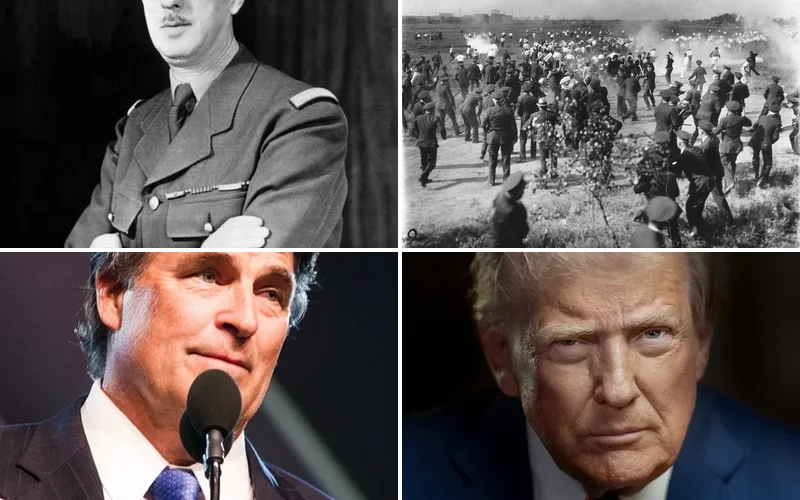
Politics and Government Events on May 30
1913 – Treaty of London Signed, Ending First Balkan War

European powers concluded the First Balkan War through diplomatic negotiations in London. The treaty established Albania as an independent nation for the first time in its history.
The agreement redrew the map of southeastern Europe and marked a crucial step in the dissolution of Ottoman power. Albania’s newfound independence would prove fragile in the turbulent decades ahead.
1961 – Dominican Dictator Rafael Trujillo Assassinated
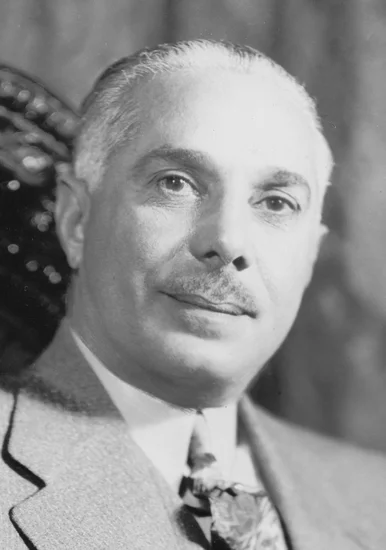
Dominican Republic strongman Rafael Trujillo met his violent end in Santo Domingo after three decades of brutal rule. Conspirators ambushed the dictator’s car, ending one of Latin America’s most oppressive regimes.
Trujillo’s death opened the door for democratic reforms but also triggered political instability. The assassination marked a turning point in Caribbean politics and Cold War dynamics.
1968 – Charles de Gaulle Dissolves French National Assembly

President Charles de Gaulle returned from exile in West Germany to dissolve the French National Assembly during the May 1968 crisis. Nearly one million supporters marched down the Champs-Élysées in a massive show of force.
This dramatic move marked the turning point in France’s revolutionary upheaval. De Gaulle’s bold gambit restored governmental authority and ended the student-worker rebellion.
1989 – Goddess of Democracy Statue Unveiled in Tiananmen Square
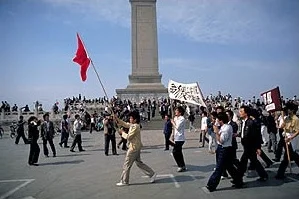
Chinese student demonstrators erected a 10-meter-tall statue symbolizing their pro-democracy movement. The plaster and styrofoam sculpture became an iconic symbol of resistance against authoritarian rule.
The statue’s placement in Tiananmen Square represented the protesters’ boldest challenge to communist authority. Its brief existence would end tragically just days later during the government crackdown.
2024 – Donald Trump Convicted in New York Criminal Case

Former President Donald Trump became the first U.S. president found guilty of criminal charges in a New York courtroom. The jury convicted him on charges of falsifying business records related to hush money payments.
This historic verdict shattered precedent and raised unprecedented questions about presidential accountability. The conviction occurred during Trump’s campaign for a second presidential term.
Military and Naval History on May 30
1941 – Greek Resistance Removes Nazi Flag from Acropolis
Manolis Glezos and Apostolos Santas courageously climbed the Athenian Acropolis to tear down the German occupation flag. Their daring act became a powerful symbol of Greek resistance against Nazi occupation.
The flag’s removal inspired resistance movements across occupied Europe. This bold gesture demonstrated that even under brutal occupation, the human spirit could not be completely crushed.
1942 – Thousand Bomber Raid Devastates Cologne
The Royal Air Force launched its largest bombing operation to date against the German city of Cologne. Over one thousand British bombers conducted a devastating 90-minute assault on the industrial center.
The massive raid marked a new phase in the strategic bombing campaign against Nazi Germany. Cologne’s destruction demonstrated the Allies’ growing capability to strike deep into German territory.
1972 – Lod Airport Massacre Shocks International Community

Japanese Red Army terrorists carried out a devastating attack at Israel’s Ben Gurion Airport, killing 24 people and injuring 78 others. The assault represented an unprecedented level of international terrorist cooperation.
The massacre exposed the growing threat of transnational terrorism in the modern era. This coordinated attack between Japanese radicals and Middle Eastern groups marked a dark milestone in aviation security.
1975 – Memorial Day Massacre in Chicago
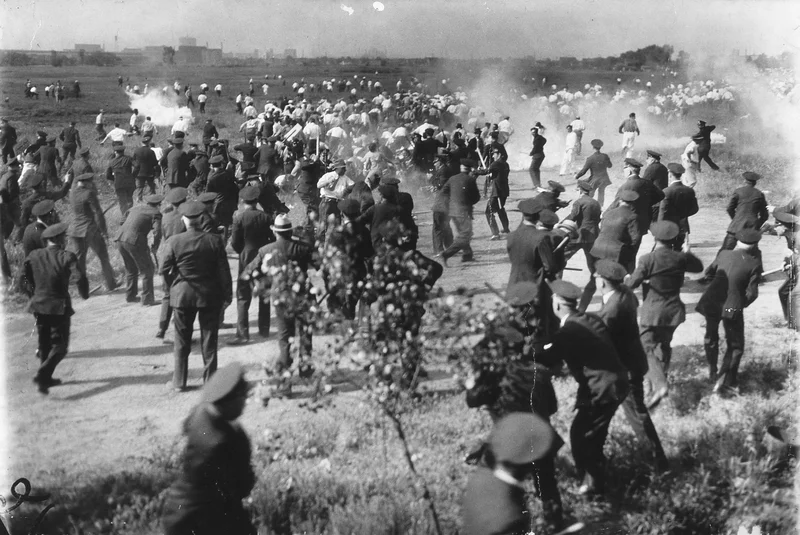
Chicago police opened fire on labor demonstrators during a Memorial Day gathering, killing ten protesters. The violent confrontation occurred during a steel workers’ strike and shocked the American public.
This tragic event highlighted the ongoing tensions between organized labor and corporate interests. The massacre became a rallying point for workers’ rights advocates across the United States.
Science and Discovery Milestones on May 30
1971 – Mariner 9 Launches Mars Mapping Mission
NASA’s Mariner 9 spacecraft began its journey to Mars with an ambitious mission to map 70% of the planet’s surface. The probe would conduct detailed studies of atmospheric and surface changes on the Red Planet.
Mariner 9 represented humanity’s most sophisticated attempt to understand Mars at that time. The mission would provide unprecedented insights into Martian geology and weather patterns.
1975 – European Space Agency Established
European nations united their space exploration efforts by founding the European Space Agency. This collaboration pooled resources and expertise from across the continent for ambitious space missions.
The ESA’s creation marked Europe’s determination to become a major player in space exploration. The agency would go on to launch groundbreaking missions and compete with NASA and Soviet space programs.
1998 – Pakistan Conducts Underground Nuclear Test
Pakistan detonated a plutonium device in the Kharan Desert, demonstrating its nuclear weapons capability. The 20-kiloton explosion marked Pakistan’s entry into the exclusive nuclear weapons club.
This test escalated tensions with neighboring India and altered the South Asian balance of power. The nuclear demonstration triggered international sanctions and regional arms race concerns.
2020 – SpaceX Crew Dragon Launches First Commercial Astronaut Mission
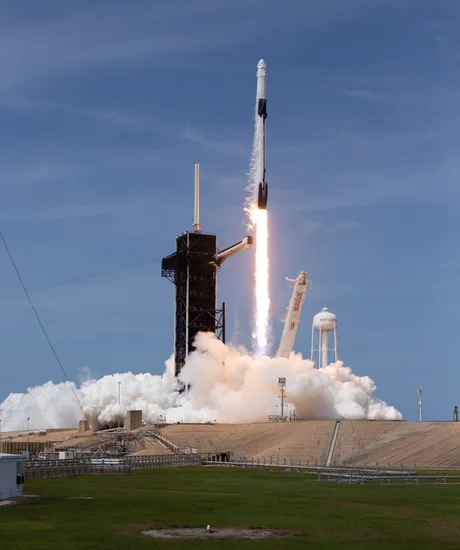
SpaceX’s Crew Dragon spacecraft launched from Kennedy Space Center, carrying astronauts to the International Space Station. This historic flight marked the first crewed orbital mission from American soil since 2011.
The successful launch inaugurated the era of commercial spaceflight and reduced American dependence on Russian rockets. SpaceX’s achievement demonstrated the potential of private companies in space exploration.
Cultural and Arts Events on May 30
1922 – Lincoln Memorial Dedicated in Washington D.C.
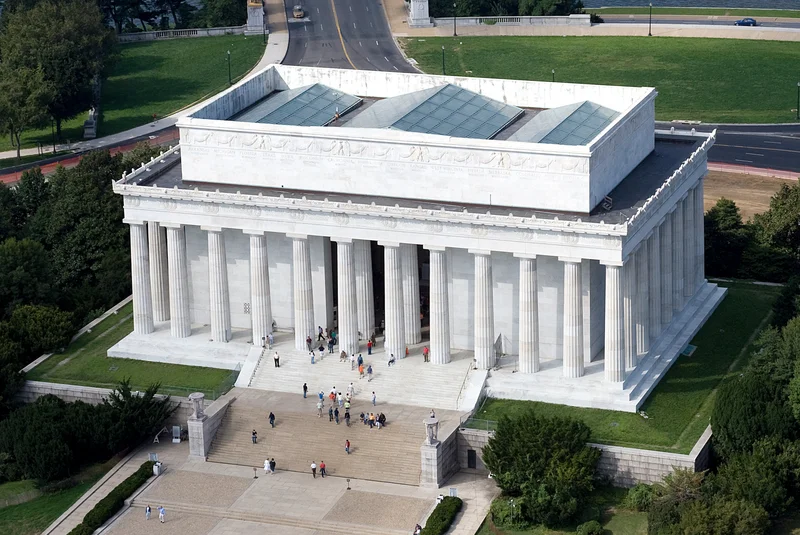
The Lincoln Memorial was officially dedicated in the nation’s capital, creating one of America’s most iconic monuments. The magnificent structure honored the 16th president and became a symbol of American democracy.
The memorial’s classical architecture and Daniel Chester French’s imposing statue created a fitting tribute to Lincoln’s legacy. The site would later serve as the backdrop for pivotal moments in American civil rights history.
1960 – Boris Pasternak Dies, Leaving Literary Legacy
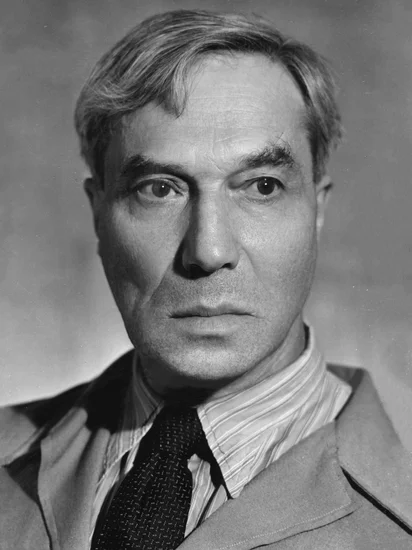
Nobel Prize-winning author Boris Pasternak passed away, ending a remarkable literary career that spanned the Soviet era. His novel “Doctor Zhivago” had brought him international fame despite official Soviet disapproval.
Pasternak’s death marked the end of an era for Russian literature and intellectual resistance. His works continued to inspire readers worldwide despite government attempts to suppress his legacy.
1967 – Claude Rains, Legendary Actor, Dies
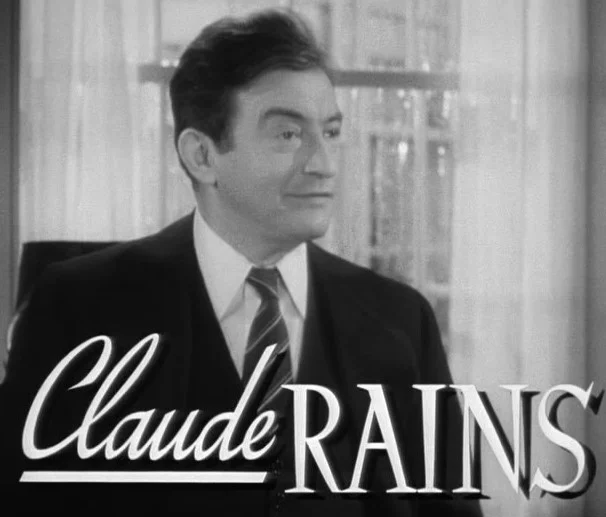
British-American actor Claude Rains died, concluding a distinguished career that included memorable roles in “Casablanca” and “The Invisible Man.” His distinctive voice and commanding presence made him one of cinema’s most respected character actors.
Rains’ death represented the passing of Hollywood’s golden age. His performances in classic films continued to influence actors and filmmakers for generations.
Religious and Social Events on May 30
1963 – First Buddhist Protest During South Vietnam Crisis
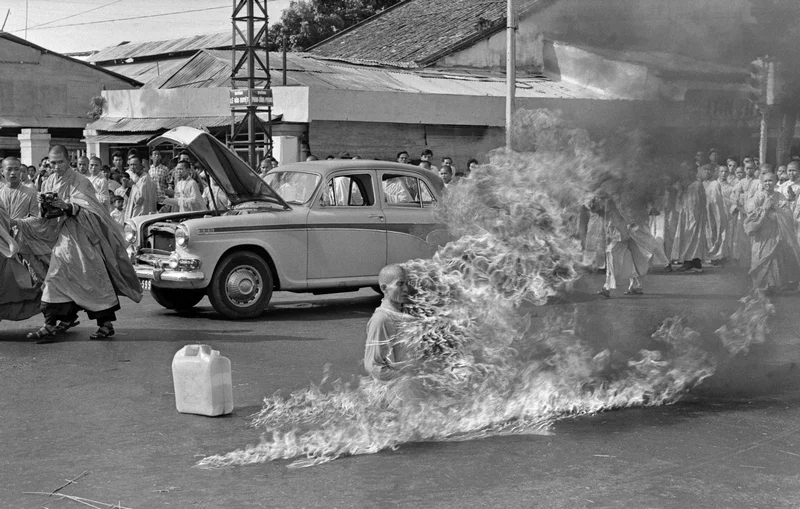
Buddhist demonstrators staged the first open protest against religious discrimination during South Vietnam’s Buddhist crisis. The demonstration outside the National Assembly challenged President Ngo Dinh Diem’s pro-Catholic policies.
This protest marked the beginning of a broader Buddhist uprising against government oppression. The movement would eventually contribute to Diem’s downfall and alter the course of the Vietnam War.
2003 – Depayin Massacre Targets Myanmar Democracy Movement
Government-sponsored mobs attacked National League for Democracy supporters in Burma, killing at least 70 people. Aung San Suu Kyi narrowly escaped the violence but was arrested shortly afterward.
The massacre represented a brutal crackdown on Myanmar’s pro-democracy movement. This violent suppression drew international condemnation and highlighted the military government’s authoritarian methods.
2013 – Nigeria Bans Same-Sex Marriage
Nigeria’s government enacted legislation prohibiting same-sex marriage, reflecting conservative social attitudes in Africa’s most populous nation. The law imposed severe penalties on individuals entering same-sex unions.
This controversial legislation sparked international debate about LGBTQ+ rights in Africa. The ban reinforced traditional values while drawing criticism from human rights organizations worldwide.
Business and Economic Events on May 30
1974 – Airbus A300 Enters Commercial Service
The European-built Airbus A300 began its first commercial passenger operations, challenging American dominance in commercial aviation. This wide-body aircraft represented Europe’s ambitious entry into the lucrative airliner market.
The A300’s debut launched Airbus as a serious competitor to Boeing and McDonnell Douglas. European aviation manufacturers had successfully created a viable alternative to American aircraft designs.
1982 – Spain Joins NATO During Cold War
Spain formally joined the North Atlantic Treaty Organization, strengthening Western defense capabilities during the Cold War. The decision marked Spain’s full integration into Western military and political structures.
Spain’s NATO membership represented a significant victory for Western alliance-building efforts. The addition of Spanish forces and territory enhanced NATO’s strategic position in southern Europe.
2008 – Convention on Cluster Munitions Adopted
International negotiators agreed to ban cluster munitions through a comprehensive treaty addressing these controversial weapons. The convention prohibited the use, production, and transfer of cluster bombs due to their indiscriminate effects.
This humanitarian achievement represented years of diplomatic effort by concerned nations. The treaty aimed to reduce civilian casualties from unexploded cluster bomb submunitions.
Transportation and Infrastructure on May 30
1914 – RMS Aquitania Begins Maiden Voyage
Cunard Line’s massive ocean liner RMS Aquitania departed Liverpool for New York City on her inaugural voyage. The 45,647-ton vessel represented the pinnacle of luxury passenger ship design and engineering.
The Aquitania’s maiden voyage marked the golden age of transatlantic passenger service. This magnificent ship would serve for decades, surviving both world wars and carrying millions of passengers.
1959 – Auckland Harbour Bridge Opens to Traffic
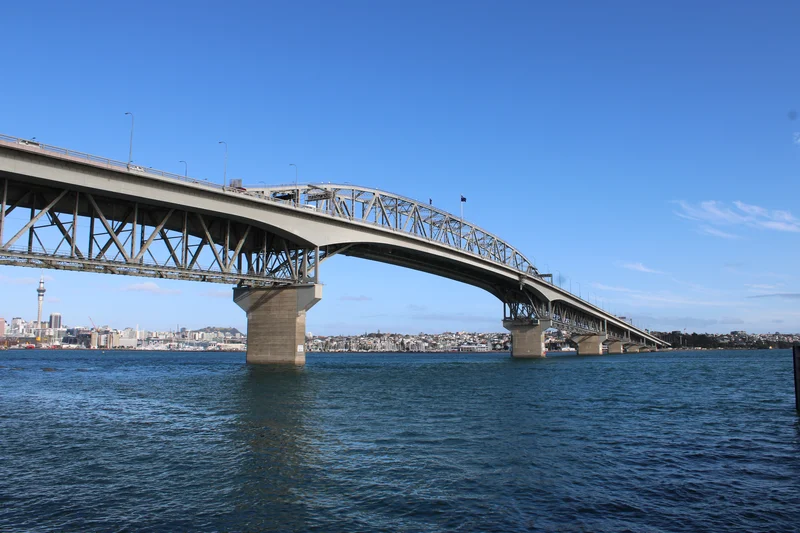
New Zealand’s Auckland Harbour Bridge officially opened, connecting the city center with the North Shore. Governor-General Charles Lyttelton performed the opening ceremony for this vital transportation link.
The bridge’s completion transformed Auckland’s urban development and traffic patterns. This engineering achievement became an iconic symbol of New Zealand’s largest city.
1948 – Columbia River Flooding Destroys Vanport, Oregon
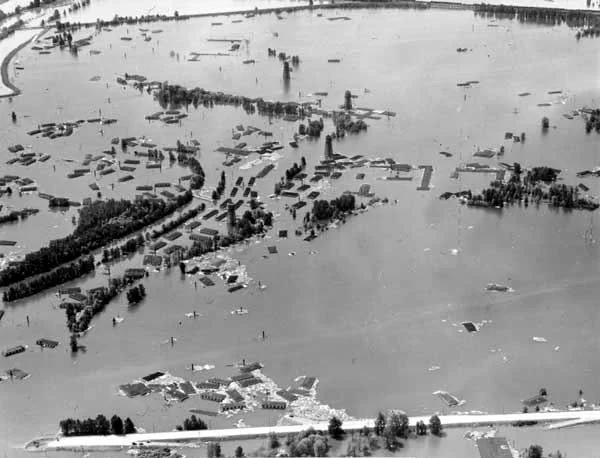
A catastrophic dike failure along the flooding Columbia River completely obliterated Vanport, Oregon within minutes. The disaster killed fifteen people and left tens of thousands homeless.
Vanport’s destruction eliminated the second-largest city in Oregon and displaced a significant African American community. The flood represented one of the most devastating natural disasters in Pacific Northwest history.
Sports and Recreation on May 30
1911 – First Indianapolis 500 Crowns Champion
Ray Harroun drove his Marmon Wasp to victory in the inaugural Indianapolis 500 at the Indianapolis Motor Speedway. This 500-mile race established what would become America’s most prestigious automobile racing event.
Harroun’s triumph launched the Indianapolis 500 as a cornerstone of American motorsport. The race would grow to become one of the world’s most famous and lucrative sporting events.
1955 – Bill Vukovich Dies in Indianapolis 500 Crash
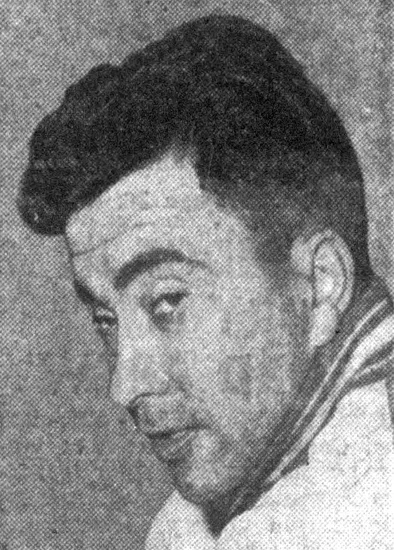
Two-time Indianapolis 500 winner Bill Vukovich died in a racing accident during the 1955 race. The crash ended the career of one of American auto racing’s most successful drivers.
Vukovich’s death highlighted the dangerous nature of early Indianapolis 500 racing. His legacy as a fearless competitor and skilled driver continued to inspire future generations of racers.
1975 – Steve Prefontaine Dies in Tragic Accident

American distance running star Steve Prefontaine died in a car crash at age 24, cutting short a brilliant athletic career. The University of Oregon runner had captivated audiences with his aggressive racing style and charismatic personality.
Prefontaine’s death shocked the running community and ended the career of America’s most promising distance runner. His legacy inspired countless athletes and helped popularize distance running in the United States.
Notable Births on May 30
1908 – Mel Blanc, Voice of Cartoon Characters
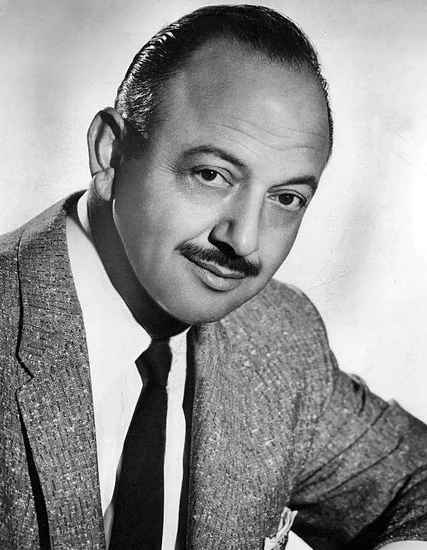
American voice actor Mel Blanc entered the world, destined to become the voice behind countless beloved cartoon characters. His vocal talents would bring life to Bugs Bunny, Daffy Duck, and hundreds of other animated personalities.
Blanc’s extraordinary range and comedic timing made him indispensable to Warner Bros. animation studios. His work defined the sound of American animated entertainment for generations.
1909 – Benny Goodman, King of Swing

American clarinetist Benny Goodman was born, future leader of the swing era’s most influential big band. His musical innovations would help integrate American popular music and break down racial barriers.
Goodman’s clarinet playing and band leadership skills made him a central figure in jazz history. His 1938 Carnegie Hall concert marked jazz music’s acceptance into mainstream American culture.
1912 – Julius Axelrod, Nobel Prize-Winning Biochemist

American biochemist Julius Axelrod was born, destined to revolutionize understanding of neurotransmitters and brain chemistry. His groundbreaking research would earn him the Nobel Prize in Physiology or Medicine.
Axelrod’s discoveries about how nerve cells communicate transformed neuroscience and psychiatric medicine. His work laid the foundation for modern antidepressant medications and neurological treatments.
1928 – Agnès Varda, Pioneering Film Director

Belgian-French filmmaker Agnès Varda was born, future pioneer of the French New Wave cinema movement. Her innovative documentary and narrative films challenged conventional filmmaking techniques.
Varda’s unique visual style and feminist perspective influenced generations of filmmakers worldwide. Her work bridged the gap between documentary and fiction while exploring themes of memory and identity.
1934 – Alexei Leonov, First Spacewalker
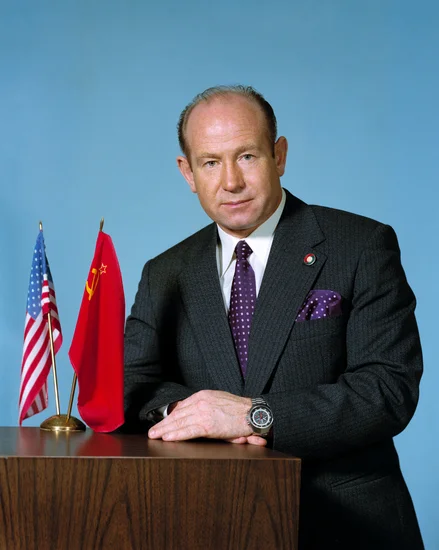
Soviet cosmonaut Alexei Leonov was born, destined to become the first human to walk in space. His historic spacewalk in 1965 marked a crucial milestone in space exploration.
Leonov’s courage and skill as a test pilot made him a hero of the Soviet space program. His artistic talents also made him the first person to create artwork in space.
1958 – Ted McGinley, American Television Actor

American actor Ted McGinley was born, future star of popular television series including “Happy Days” and “Married… with Children.” His comedic timing and likeable screen presence made him a television favorite.
McGinley’s career spanned decades of American television entertainment. His performances in multiple successful series demonstrated his versatility and enduring appeal to audiences.
1964 – Wynonna Judd, Country Music Star

American country singer Wynonna Judd was born, destined to become one of country music’s most successful female artists. Her powerful voice and emotional performances would earn her numerous awards and platinum albums.
Judd’s musical career began as part of The Judds duo with her mother before launching a successful solo career. Her distinctive voice and crossover appeal helped expand country music’s mainstream audience.
1971 – Idina Menzel, Broadway and Film Star

American singer-songwriter and actress Idina Menzel was born, future Tony Award winner and voice of Disney’s Queen Elsa. Her powerful vocal range and theatrical presence made her a Broadway legend.
Menzel’s performance in “Wicked” established her as one of Broadway’s premier talents. Her recording of “Let It Go” from “Frozen” became a global phenomenon and cultural touchstone.
Notable Deaths on May 30
1912 – Wilbur Wright, Aviation Pioneer

American aviation pioneer Wilbur Wright died, ending the life of one half of the famous Wright Brothers duo. His innovative engineering and piloting skills helped humanity achieve powered flight.
Wright’s death marked the end of an era in aviation history. His contributions to aeronautical engineering and flight control systems laid the foundation for modern aviation.
1960 – Boris Pasternak, Nobel Prize-Winning Author

Russian poet and novelist Boris Pasternak died, concluding a remarkable literary career that spanned the Soviet era. His novel “Doctor Zhivago” had brought him international fame despite official Soviet disapproval.
Pasternak’s death marked the end of an era for Russian literature and intellectual resistance. His works continued to inspire readers worldwide despite government attempts to suppress his legacy.
1967 – Claude Rains, Legendary Character Actor
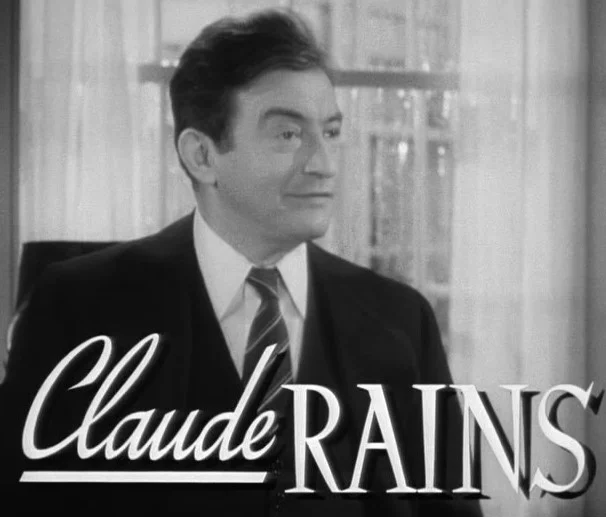
British-American actor Claude Rains died, concluding a distinguished career that included memorable roles in “Casablanca” and “The Invisible Man.” His distinctive voice and commanding presence made him one of cinema’s most respected character actors.
Rains’ death represented the passing of Hollywood’s golden age. His performances in classic films continued to influence actors and filmmakers for generations.
1975 – Steve Prefontaine, American Distance Runner

American distance running star Steve Prefontaine died in a car crash at age 24, cutting short a brilliant athletic career. The University of Oregon runner had captivated audiences with his aggressive racing style and charismatic personality.
Prefontaine’s death shocked the running community and ended the career of America’s most promising distance runner. His legacy inspired countless athletes and helped popularize distance running in the United States.
2011 – Rosalyn Sussman Yalow, Nobel Prize-Winning Physicist
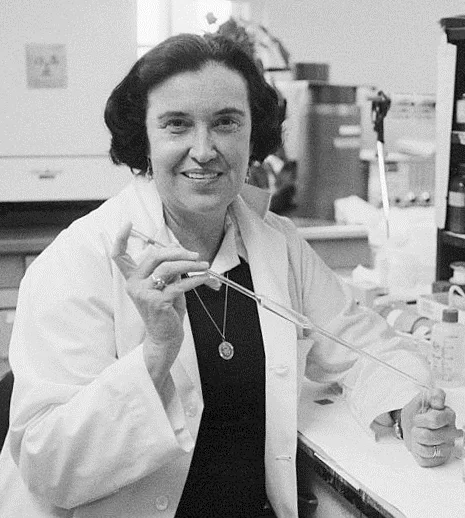
American physicist Rosalyn Sussman Yalow died, ending a groundbreaking career in medical physics and nuclear medicine. Her development of radioimmunoassay techniques earned her the Nobel Prize in Physiology or Medicine.
Yalow’s scientific achievements broke barriers for women in physics and medicine. Her innovative diagnostic techniques revolutionized medical testing and saved countless lives worldwide.
Holidays and Observances on May 30
Statehood Day in Croatia
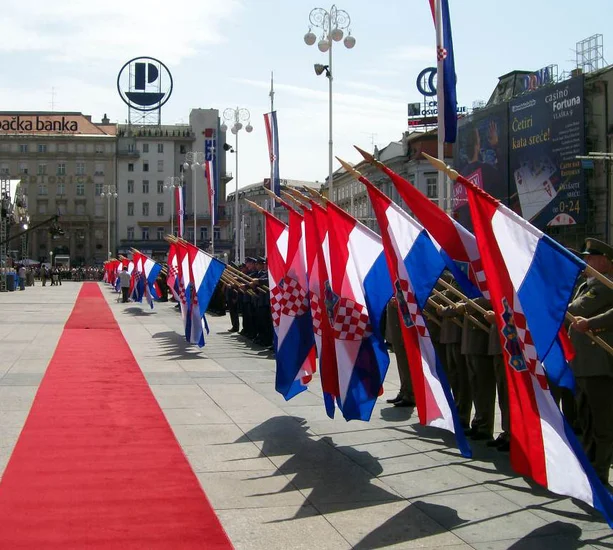
Croatia celebrates its National Day, commemorating the formation of the Croatian Parliament after the first free elections in 1990. This historic moment marked Croatia’s transition from socialist Yugoslavia to democratic independence.
The holiday represents Croatian sovereignty and democratic achievement. Citizens celebrate with patriotic ceremonies, cultural events, and displays of national pride throughout the country.
Indian Arrival Day in Trinidad and Tobago
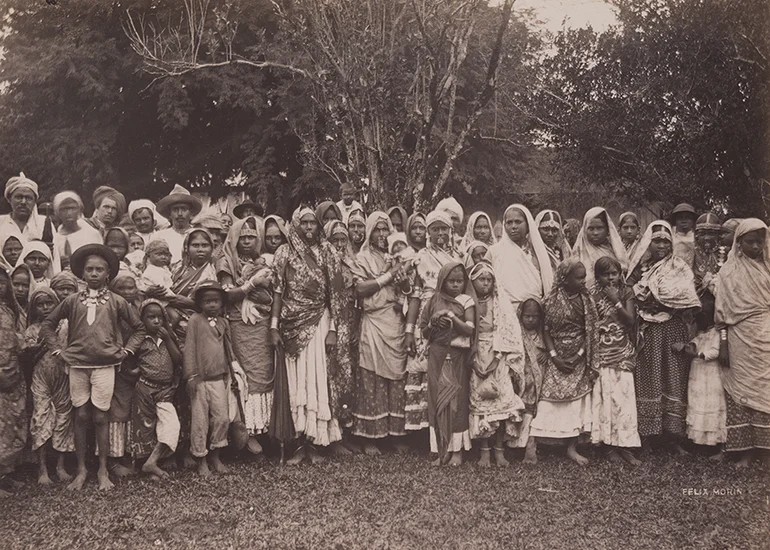
Trinidad and Tobago honors the arrival of Indian indentured laborers who came to work on sugar plantations beginning in 1845. This observance celebrates the significant contributions of Indo-Caribbean communities to the nation’s development.
The holiday recognizes the cultural diversity and multicultural heritage of Trinidad and Tobago. Celebrations include traditional Indian music, dance, food, and cultural exhibitions throughout both islands.
Anguilla Day Commemorates 1967 Revolution
Anguilla observes the beginning of the Anguillian Revolution in 1967, when the island declared independence from the associated state of Saint Kitts-Nevis-Anguilla. This bold move expressed Anguillian desire for self-determination and local governance.
The holiday celebrates Anguillian identity and political autonomy. Residents participate in parades, cultural performances, and patriotic ceremonies honoring their struggle for independence.
